Imagine diving in the waters off the coast of Australia and exploring the bright, colourful reefs in search of new and amazing forms of life. Suddenly you notice a clump of leafy seaweed floating next to you. But the seaweed is moving by itself. You look closer, and discover to your surprise that it’s not
Imagine diving in the waters off the coast of Australia and exploring the bright, colourful reefs in search of new and amazing forms of life. Suddenly you notice a clump of leafy seaweed floating next to you. But the seaweed is moving by itself. You look closer, and discover to your surprise that it’s not seaweed at all – it’s a leafy sea dragon!
Sea dragons are relatives of seahorses, but with an incredible adaptation: their bodies are covered with long, leaf-like appendages. They’re not used for swimming or turning; their only purpose is to camouflage the sea dragon. With its cover of “leaves”, the sea dragon looks just like a floating piece of seaweed. Sea dragons are so good at preserving this illusion that they sometimes float in the same place for over 68 hours!
Like their relatives, the sea horses, sea dragons are bony fish that feed mostly on plankton and small shrimp or fish in the water. This makes them one of the few fish and shimp-eating animals that don’t have any teeth! They can also change colours depending on their diet, location, age, and the levels of stress they are feeling.
While sea draons use their leafy appendages to help them hide from predators, their biggest threats come from humans. Large waves caused by boats can wash the sea dragons onto the shore, since they lack the tails that help seahorses cling to underwater plants. And their beautiful appearance makes them prized by collectors, even though it is very difficult to care for them in captivity. Fortunately, they are now a protected species in Australia, and valued for their role in their natural habitat!





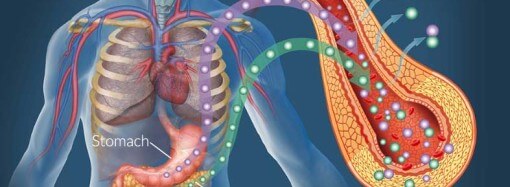

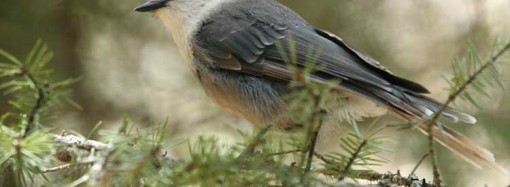
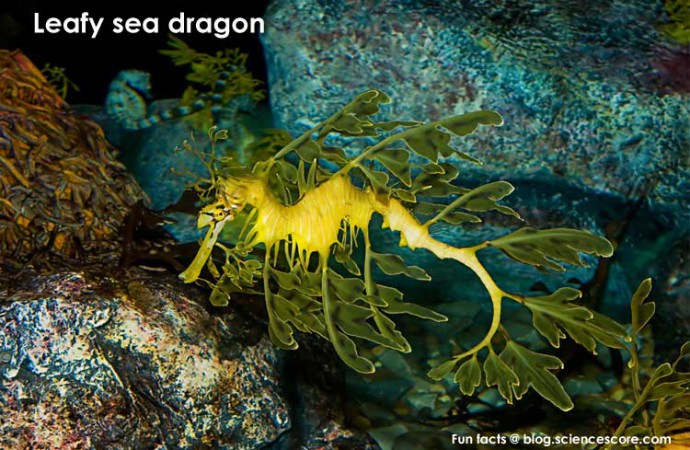
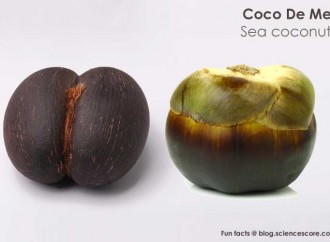

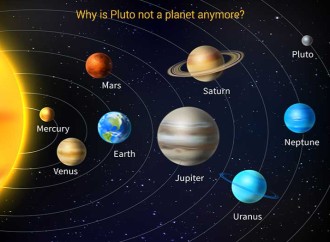



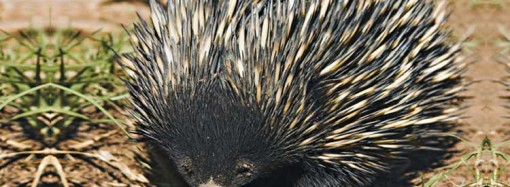
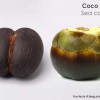









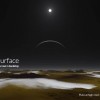

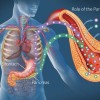





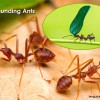






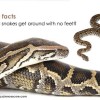

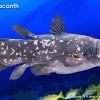


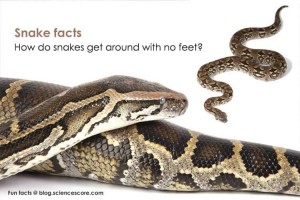
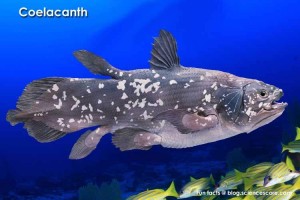
Leave a Reply